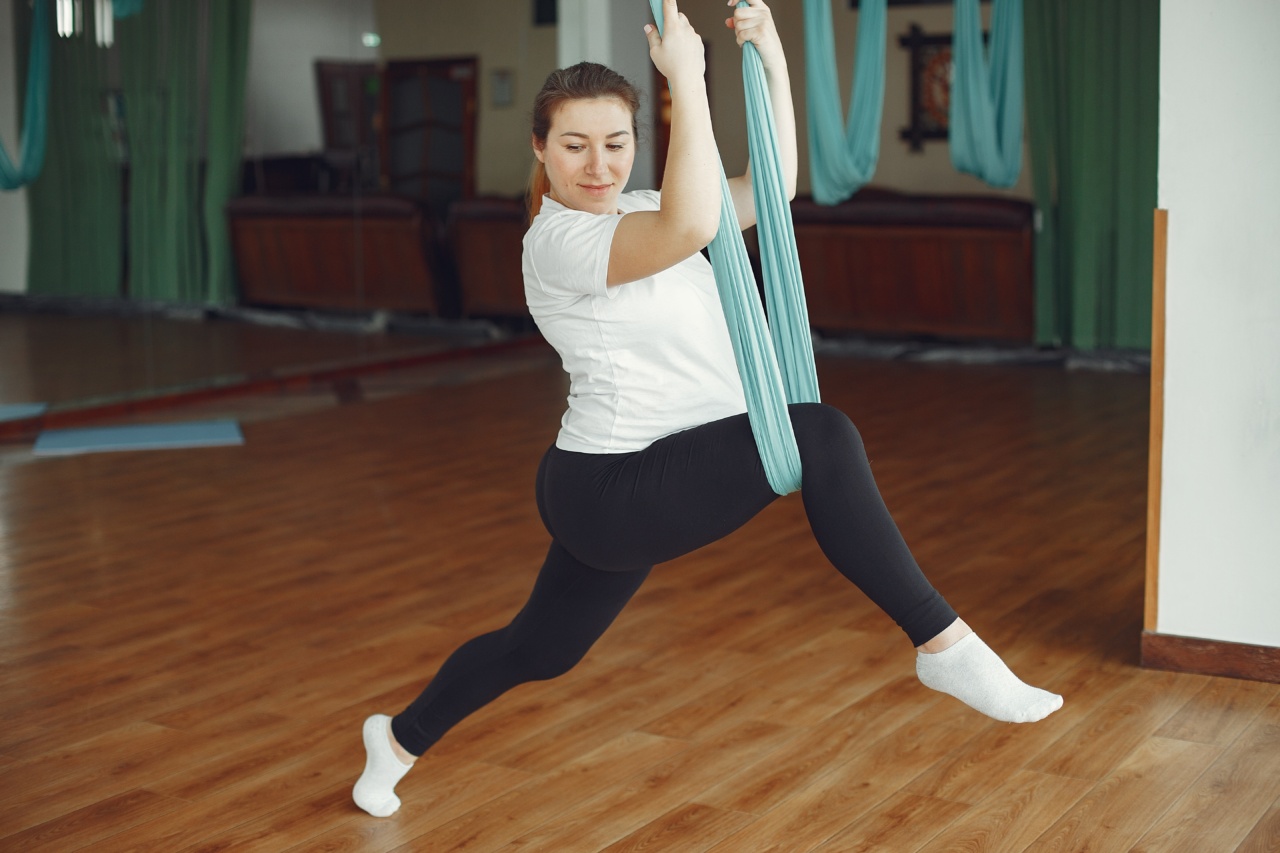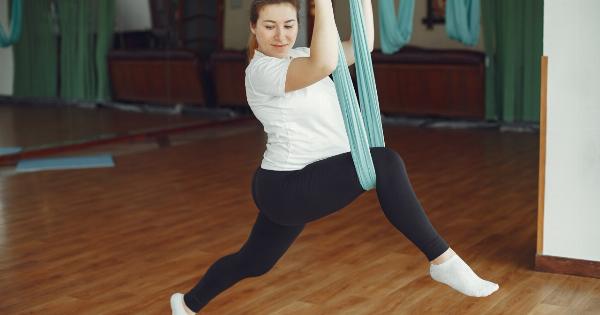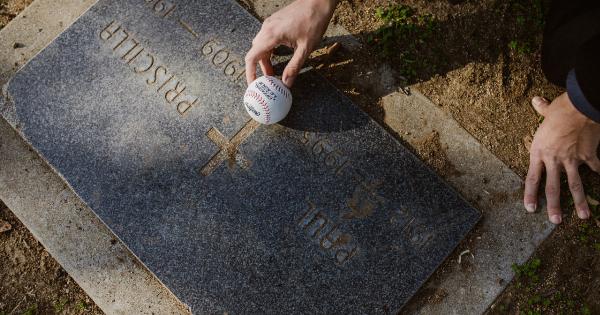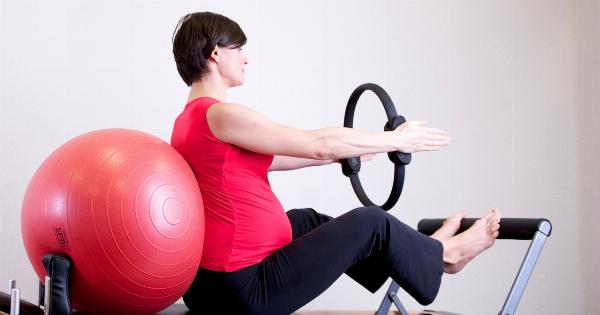During pregnancy, women experience a lot of physical changes, including leg swelling.
Leg swelling during pregnancy is very common, especially during the third trimester, and it is caused by the pressure exerted on the veins in the legs by the expanding uterus and increased blood volume. Pregnancy hormones also contribute to this condition by making the veins less elastic.
Leg swelling during pregnancy is not dangerous, but it can be uncomfortable, especially in hot weather. Fortunately, there are several tips and remedies that can help you reduce leg swelling during pregnancy.
1. Drink Plenty of Water
Drinking plenty of water during pregnancy is important to keep you hydrated and to help flush out excess fluids from your body. This can help reduce leg swelling and other symptoms, such as bloating, constipation, and headache.
You should aim to drink at least eight glasses of water a day.
2. Elevate Your Legs
Elevating your legs above your heart level can help reduce leg swelling during pregnancy. You can do this by lying down on your back and propping your legs up on pillows or placing a footstool under your feet when sitting.
This will help improve blood circulation and reduce the pressure on your veins.
3. Avoid Standing or Sitting for Too Long
Prolonged standing or sitting can worsen leg swelling during pregnancy. If you have to stand or sit for long periods of time, take frequent breaks to move around and stretch your legs.
You can also try doing some simple leg exercises such as ankle rotations, leg raises, and calf stretches.
4. Wear Comfortable Shoes
Wearing comfortable shoes during pregnancy can also help reduce leg swelling. Avoid wearing high heels or tight-fitting shoes that can restrict blood flow to your feet and ankles.
Opt for shoes with good arch support and wide toe boxes that can accommodate your swollen feet.
5. Use Compression Stockings
Compression stockings are specially designed stockings that help improve blood circulation and prevent blood from pooling in the legs. These stockings apply pressure to the legs, which helps push the blood back up towards the heart.
Compression stockings are available in different compression levels, so make sure to choose the one that is right for you.
6. Massage Your Legs
Massaging your legs can also help reduce leg swelling during pregnancy. You can do this yourself or ask your partner to do it for you. Start at your ankles and work your way up towards your thighs, using gentle circular motions.
This will help improve blood circulation and reduce fluid buildup in your legs.
7. Take a Cool Bath or Shower
Taking a cool bath or shower can also help reduce leg swelling during pregnancy. The cool water will help constrict your blood vessels, which will reduce the swelling.
You can also try soaking your feet in cool water for 15 to 20 minutes to relieve swollen ankles and feet.
8. Stay Active
Staying active during pregnancy is important not only for your overall health but also for reducing leg swelling. Regular exercise can help improve blood circulation and prevent blood from pooling in the legs.
Try doing low-impact exercises such as swimming, walking, or prenatal yoga.
9. Monitor Your Salt Intake
Consuming too much salt can worsen leg swelling during pregnancy. Salt can cause your body to retain water, which can lead to fluid buildup in your legs.
Try to limit your salt intake by avoiding processed foods, adding less salt to your meals, and choosing low-sodium foods.
10. Consult Your Doctor
If you have severe leg swelling or if it is accompanied by other symptoms such as pain, redness, or warmth, it is important to consult your doctor.
These symptoms may indicate a more serious condition such as deep vein thrombosis (DVT), which requires prompt medical attention.
Reducing leg swelling during pregnancy can help improve your comfort and prevent complications. Use these tips and remedies to reduce leg swelling and enjoy a more comfortable pregnancy.



























